Few stories in the automotive world capture the essence of entrepreneurial spirit quite like that of Sasha and Inna Selipanov. The founder of Nilu27 has shaped some of the industry’s most iconic vehicles, from the Bugatti Chiron to the Lamborghini Huracán, yet his boldest move came with the decision to strike out independently. Together with his wife Inna, they have embarked on an ambitious journey to create a hypercar that champions analogue engineering in an increasingly digital age.
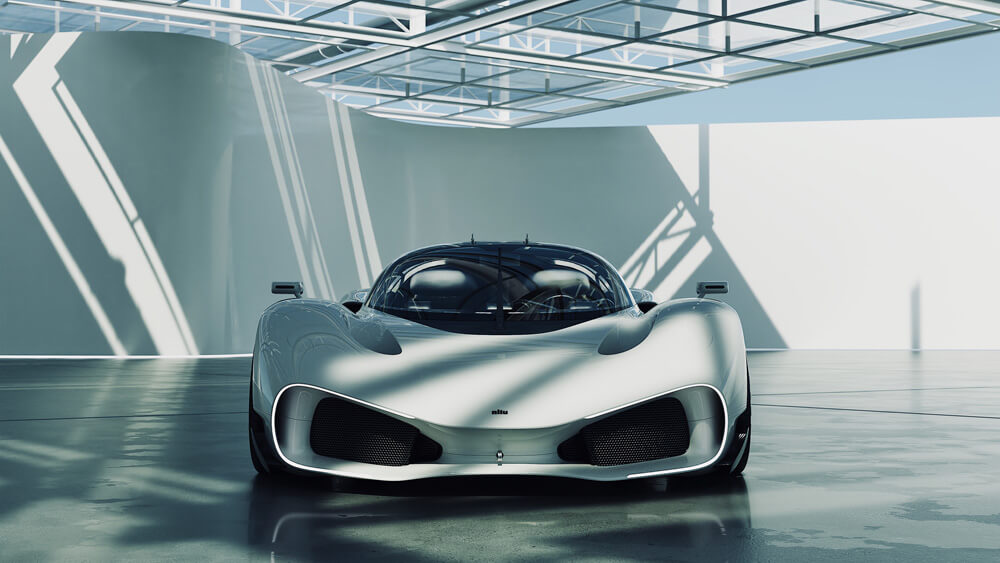
The Executive Magazine sits down with the founders of Nilu27 to explore their remarkable transition from industry leaders to pioneering entrepreneurs. Their story is one of calculated risk, unwavering vision, and a deep-rooted passion for automotive excellence. Self-funded from inception through to their first investment round, the Selipanovs have defied industry norms, proving that in a sector dominated by technology and automation, there remains a powerful appetite for pure, driver-focused engineering.
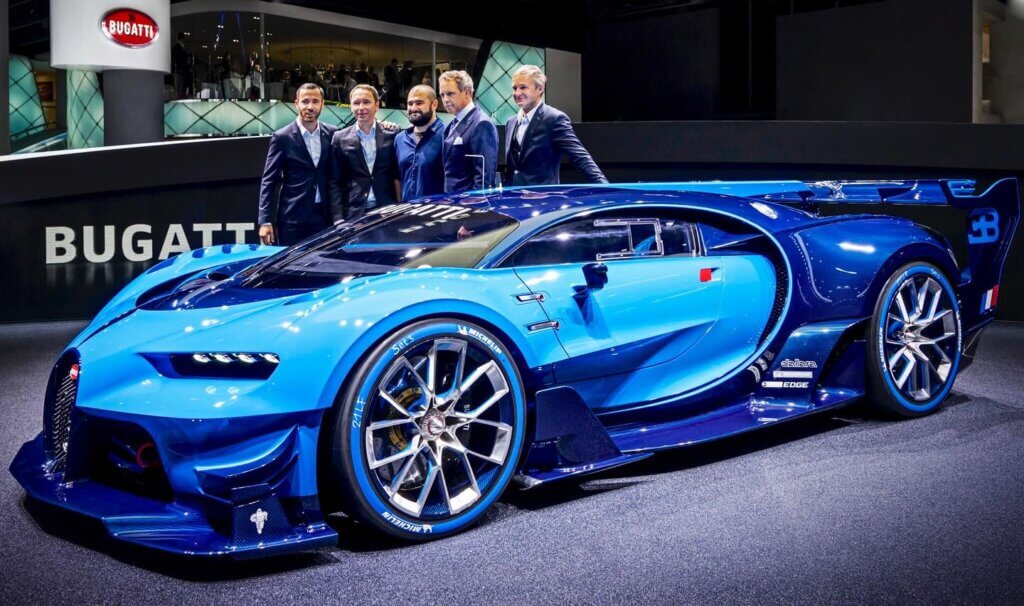
Having designed iconic vehicles like the Bugatti Chiron and Lamborghini Huracán, what motivated you, Sasha, to step away from established manufacturers and pursue your vision of an analogue hypercar in today’s increasingly digital automotive landscape?
Sasha: “Designing and building a car—and an entire brand around it—has been a dream of mine since childhood. Stepping out on my own is about finally bringing that vision to life.
“Over time, I’ve grown increasingly frustrated with where the sports car industry is headed. The focus on technology and innovation, while impressive, has made many modern cars feel less engaging and emotionally rewarding. They’ve strayed from the raw, visceral appeal that made these machines iconic in the first place.
“For decades, I’ve envisioned a hypercar that goes back to the roots of what driving is all about. With the market shifting and the timing finally right, I felt it was time to make that vision a reality.”
Your previous work has shaped some of the most celebrated hypercars of our time. How have these experiences influenced the design philosophy of Nilu27’s flagship model, and which elements from your past projects have informed your current creative direction?
Sasha: “If there’s any overlap, it’s more philosophical than technical—coming from my ongoing pursuit of the ideal sports car. I believe that beauty and brutality are two sides of the same coin when it comes to sports car design and the driving experience. This duality has always influenced my work, but Nilu27 represents the purest, most uncompromising expression of that vision to date.
“Working with established brands meant respecting and building upon their well-defined DNA, shaped by decades of history. While that came with its own challenges, it also meant there were limits to how far you could push. With Nilu27, we’re starting from a completely clean slate. This freedom has allowed us to create a design philosophy and set of values from the ground up—something truly our own.”
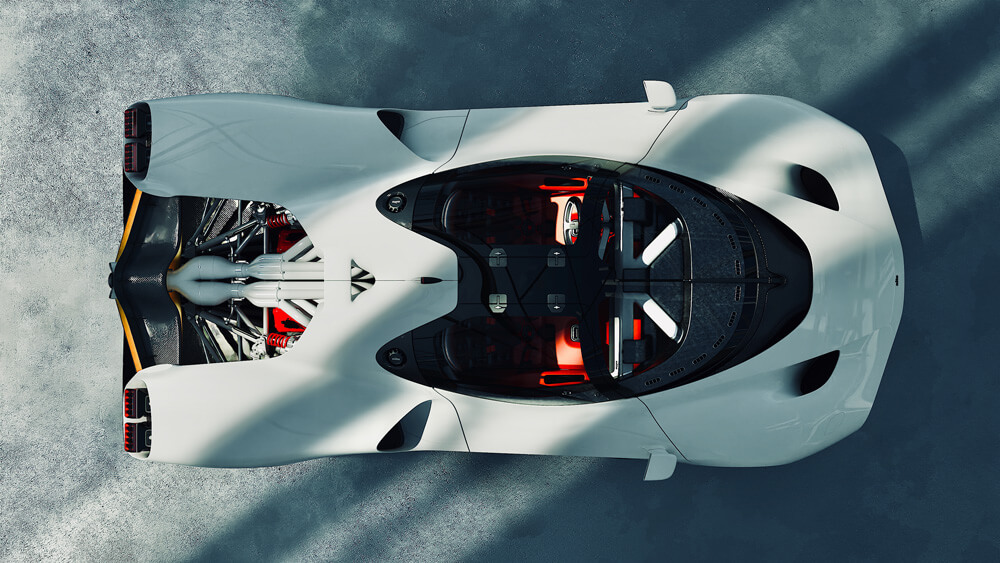
Your decision to self-fund Nilu27’s initial development phase stands out in an industry known for significant capital requirements. How has this approach shaped both your design philosophy and business strategy?
Sasha: “It’s been and continues to be a terrifying commitment. Inna and I had to put everything on the line to make it happen. With just our own resources, we’ve managed to conceptualize, design, and produce our first show car, unveil it on the world’s biggest stage at Pebble Beach Concours d’Elegance, and begin the incredibly complex production development process, including engineering and homologation.
“I’ve always been passionate about lean processes, where every team member is pushed to multitask to the limit. Working on such a tight budget meant that each of us contributed an unfathomable amount of effort to get to this point. For me, the boundaries of traditional job descriptions disappeared long ago—I’ve always gone far beyond what’s expected of a designer. With Nilu27, we’ve taken that to a whole new level.”
Your journey from literature and PR to automotive marketing presents a fascinating trajectory. How has your diverse background influenced your approach to positioning an analogue hypercar in a market that increasingly emphasises digital innovation?
Inna: “I’m not sure that everything happens for a reason, but I think valuable lessons can be learned from almost all experiences (if one is self-reflective). Unlike Sasha, I have never had a clear vision for my career objectives. But I’m the kind of person who loves change and challenges, and I’m never satisfied with the status quo. I carry all of my lessons with me, and believe me, there have been A LOT.
“Being exposed to consumers in essentially all of the roles I’ve ever held has given me an insight into what people actually want, even if they aren’t always able to articulate it. You’re right, the market has pushed digital innovation, but that’s not necessarily what the buyers wanted. Positioning our first model, the NILU, has been fairly straightforward; the amazing reception we have received from the market attests to that.”
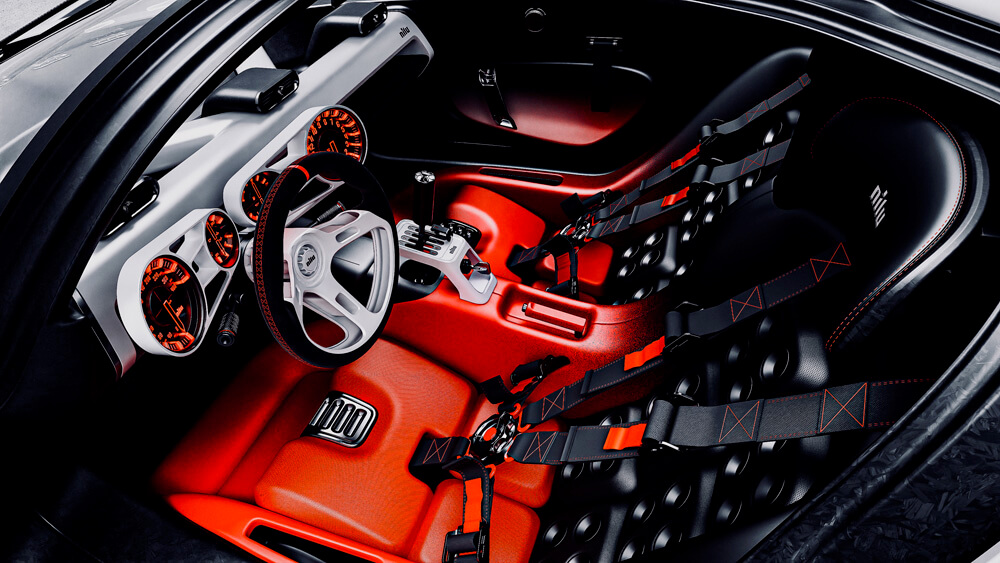
As you transition from self-funding to your first investment round, how do you balance maintaining your vision for automotive excellence while demonstrating Nilu27’s potential to external stakeholders?
Inna: “I have to be honest, everything we have done with Nilu27 thus far has been calculated and intentional. Nothing is by accident here. And after 20+ years of experience, this is not our first rodeo. Investors understand that, that’s what they are investing in. They share in our vision and become our partners on this journey. There has to be alignment on this, otherwise it doesn’t make sense for either party.”
Sasha, throughout your career at prestigious manufacturers, which experiences proved most valuable in preparing you for the technical challenges of founding a hypercar company, particularly one that champions traditional engineering?
Sasha: “Each stage of my career has been invaluable in its own way. The first and longest chapter was with traditional OEMs, including Volkswagen Group (mainly VW, Lamborghini, and Bugatti) and Hyundai Motor Company (Genesis). This gave me the chance to refine my design skills through hundreds of projects—spanning everything from full-size models to show cars and production vehicles. It also provided a strong foundation in leadership and team building, which has been essential for this journey.
“My time at Koenigsegg was a completely different experience. It broadened my perspective, giving me insight into engineering and the business side of things. It also allowed me to see firsthand how a smaller, more agile company operates. I feel incredibly fortunate to have had the opportunity to contribute in both worlds, and that combination has been instrumental in preparing me for the challenges we face now.”
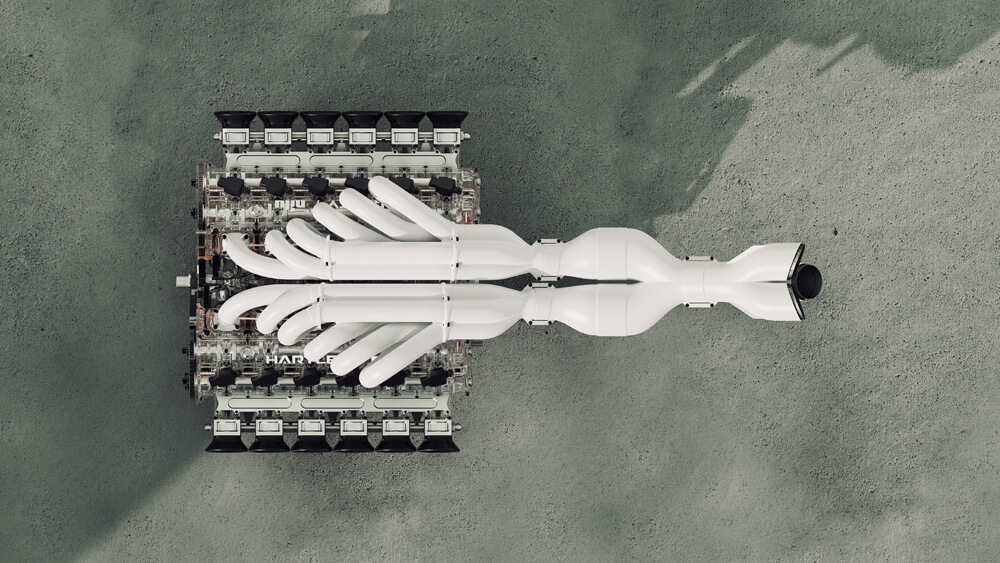
While many manufacturers are integrating AI into vehicle systems, Nilu27 champions an analogue approach. Could you both share your perspectives on this strategic decision and its implications for the brand?
Sasha: “It’s about much more than just AI. Modern cars are packed with complex technology designed to make them fade into the background, offering seamless integration with digital ecosystems, effortless ergonomic adjustability, autonomous driving features, and countless sensors that make driving easier—or even optional. While this is great for daily commuters, it’s entirely the wrong approach for sports cars.
“Sports cars should be about engaging the driver. They should amplify the emotional, multi-sensory experience of driving, not dilute it. Our philosophy is to put the driver back in control—minimizing the interfaces that separate them from the machine and, ultimately, from the road. Every decision we made for the NILU, from pairing a naturally aspirated V12 with a manual transmission to ensuring interior features are manually adjustable rather than electronically controlled, was guided by this ambition. It’s about creating a car that connects with its driver on every level.”
Inna: “I can only emphasize what Sasha has mentioned. We operate from the philosophy that form follows function, and we need to clearly state what NILU’s function is. It’s about connecting the driver, the car, and the road – with as little (technology) in between as possible. We’re putting the driver back in the driver’s seat. This will remain Nilu27’s mission moving forward; we will always stay a niche company.”
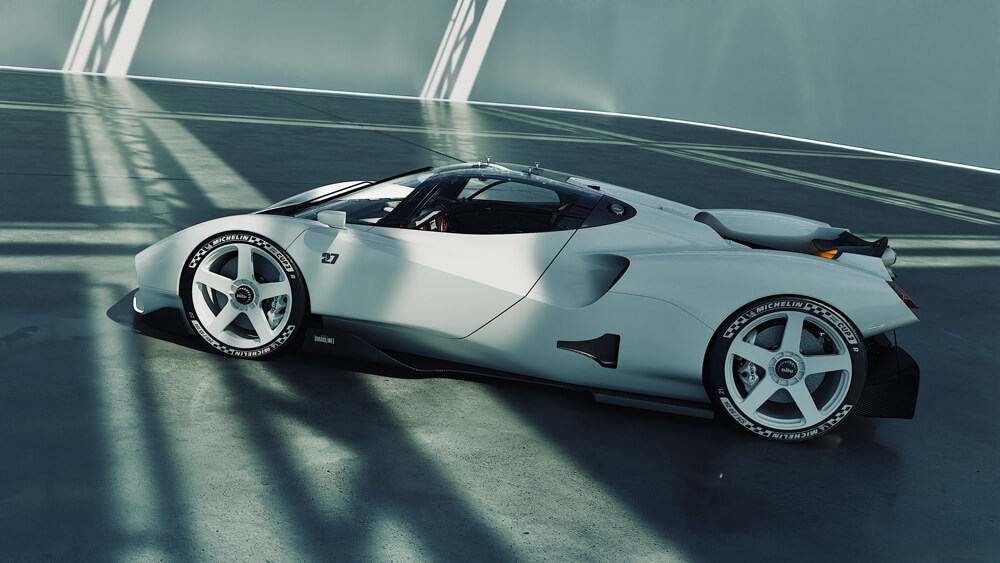
Inna, having orchestrated Genesis’s European market entry and worked with Koenigsegg’s founders, what key lessons are you applying to Nilu27’s market strategy, especially when communicating your unique value proposition?
Inna: “Well, I wouldn’t say I orchestrated the European entry for Genesis, but I certainly played an important role, particularly with the first 6 showrooms across 3 European markets.
“There are a number of lessons I heavily lean on, picked up from both my own experience and what I have seen done at companies I have never worked in:
“Communication, in general: so many companies do this wrong, or not at all. I don’t really understand why, it’s not exactly rocket science. Your customers and fans put their trust in you. There is a level of responsibility that comes with that.
“Demystification: marketing messages can be so confusing or unclear. I’ve often read taglines, even mission and vision statements, where each individual word is understandable, but collectively, it’s unclear what the message is. What’s the point? Just say what you want me to take away from this.
“Accessibility: we are a niche product that comes with a hefty price tag, but ideally, we would be accessible to a lot more people. I think about this a lot, and strive to allow access to the brand especially when access to the product is restricted.”
The hypercar segment demands exceptional attention to detail and precision. How does your collaborative network of global experts contribute to achieving these standards while maintaining your independence?
Sasha: “20 years in the industry have allowed us to build strong connections and lasting friendships with some of the best talents and suppliers in the world. This access to top-tier expertise and resources is one of our biggest advantages as a startup—it’s by no means the first time we’re doing this.
“When word got out about us building something special for Monterey Car Week, we were approached by some of the most renowned companies in the industry offering their support. Our show car is just a glimpse into this collaboration. It features state-of-the-art, officially supplied components like Brembo carbon-ceramic brakes, Michelin Cup2R tires, a CIMA manual transmission, AppTech ultra-light alloy rims, and a bespoke V12 designed by Hartley Engines. We’re just getting started—there are many more exciting collaborations to share in the near future.”
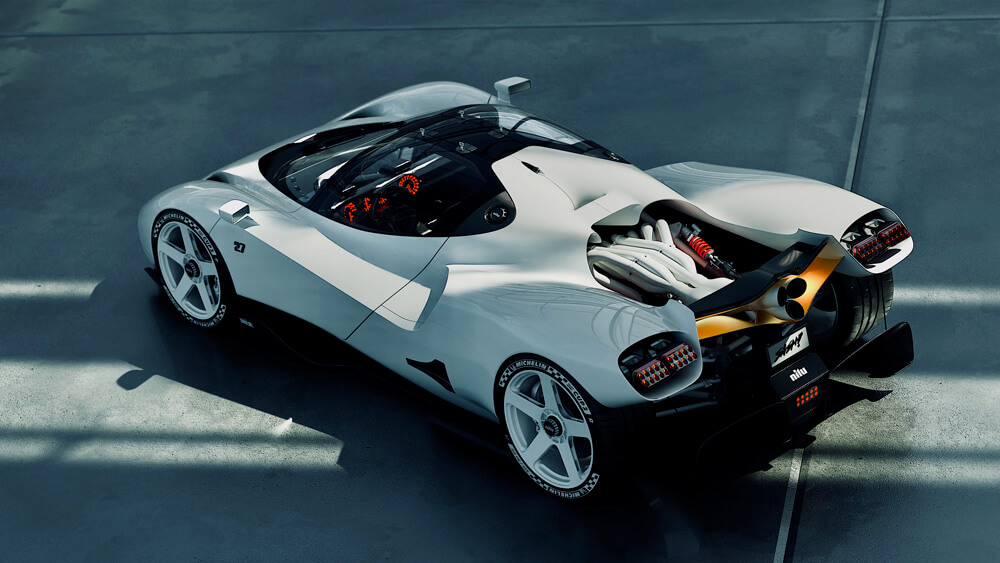
Looking beyond your initial model, what is your long-term vision for Nilu27’s growth in terms of product range, manufacturing capabilities, and approach to emerging technologies like AI?
Sasha: “The NILU is just the start for us. While it’s hugely significant in establishing our product vision and brand pillars, we have plans to take things much further. Our commitment to driver engagement, emotion over technology, and the balance of beauty and brutality will remain central, but there are many more layers to this story that will be revealed in time.
“As for AI, it’s not part of our approach now and won’t be anytime soon. Nilu27’s focus is on building cars that connect with their drivers in the most direct and emotional way possible, and that philosophy will continue to define everything we do.”
Looking at the broader automotive landscape, how do you envision Nilu27’s role in preserving traditional engineering excellence while meeting modern market expectations?
Sasha: “The market is ripe for the kind of disruption we’re bringing. Our car has been very well received—by the public, the press, and, importantly, by customers. The tide is shifting, and we believe our brand and product are landing at the perfect time to capitalize on this change.
“I’m confident that by delivering beautifully designed and engineered cars to our customers, we’ll establish ourselves as a leading voice in the sports car world and set new benchmarks for what a true driver’s car should be.”
Could you share your perspective on the specific challenges and opportunities facing new entrants in the hypercar market who choose to focus on mechanical purity over digital integration?
Sasha: “The industry has been impacted by a wave of startups that placed all their bets on technology, digitalization, and autonomous driving. Huge investments were made, often with little to show for it, leaving new entrants to face the blowback. We see this as the result of an over-reliance on technology. At Nilu27, we’re taking a different approach—one that is product-driven. Technology should only enhance the driving experience, but in sports cars, it often detracts from it.
“On top of that, bringing a pure driving machine to the road today is harder than ever. Small-series manufacturers like us are held to the same regulations as large OEMs producing millions of cars each year, with almost zero exemptions. For a company building just a few dozen cars per year, it’s an unfair and disproportionate challenge, but one we’re fully committed to overcoming.”
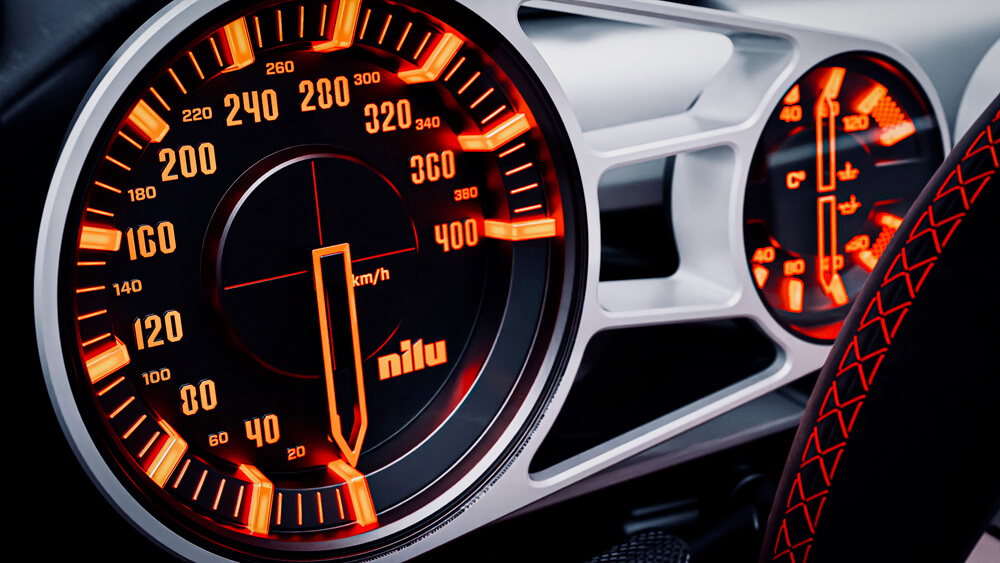
How do you plan to navigate the balance between preserving pure driving experience and meeting potential regulatory requirements that might favour AI-assisted systems?
Sasha: “Like everyone, we have to comply with the laws. If it ever becomes outright illegal to drive internal combustion, analog cars on public roads, I believe it will limit the market but not eliminate it. Horses are no longer allowed on highways, yet horse riding remains a thriving and highly lucrative industry. Similarly, we will continue to build the most authentic, analog, and emotional sports cars allowed by law, adapting only when it becomes absolutely necessary.
“Our goal is to preserve conceptual purity while staying within the regulations. If the day comes when the rules force us to transform, we’ll face that challenge just as other industries have, but our commitment to the essence of the driving experience will remain unchanged.”
Given your extensive industry experience and unique approach to building Nilu27, what advice would you offer to entrepreneurs considering ventures in the premium automotive sector?
Sasha: “Only attempt it if you absolutely cannot live without it. The automotive industry is incredibly complex and unforgiving. Cars are some of the most challenging products to design, engineer, and bring to market. Having a unique idea is only the beginning—executing it to its fullest potential is an enormous undertaking.”
Inna: “Besides Nilu27, Sasha and I also run a design and marketing consultancy, Hardline27, where we work with established OEMs and startups alike. We often get contacted by young people, who dream of exactly that: starting their own car company. I tell them all the same thing: you need to work in the industry first, gain experience, establish a network, learn from others’ mistakes. If you don’t know where to begin, you probably shouldn’t.”


